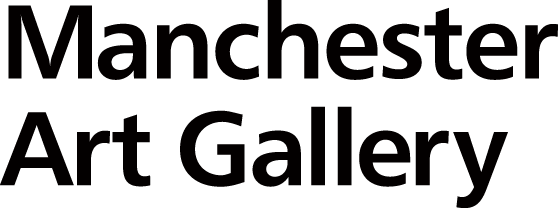Mother and Child
Henry Spencer Moore 1898 - 1986
Summary
Half-length, solid and weighty figure of a mother carrying her child on her shoulders. When viewed from the front, the head of the mother is turned in profile to the left; she has her right arm extended across her chest to support the left leg of her child and her left arm is bent around the back of her head to support the child from the rear. The child leans forward on to its mother's head, wraps its left arm across her brow and rest its right hand against the side of her face. The figures are represented as massive, smooth, rounded forms merging into one another.
Display Label
Gallery text panel Tradition and Experiment Early Twentieth-Century Art 1900 - 1939. In Britain, the beginning of the 20th century coincided with the end of the Victorian age. Artists and designers experimented, challenging traditional ways of seeing and making; now trying to create a new art for a modern era. In painting, it was often traditional subject matter such as portraits, landscapes and interiors that would be tackled in new ways. The bustle and the brutality of urban life was an inspiration or something to escape from. Boundaries became increasingly blurred between design and decoration, painting and making and individual expression replaced academic authority. Art was made to be affordable and at a scale that would fit into ordinary homes. Some called the celebration of the modern into question after the horrors of the First World War. Traditional imagery was simplified or became childlike and slowly broke down into fragmented visions. Dream and chance tapped into subconscious anxieties and in 1939, world war intervened once again.
Object Name
Mother and Child
Creators Name
Date Created
1925
Dimensions
Object with base: 63.5cm x 40.5cm
accession number
1939.144
Place of creation
England
Support
Array
Medium
Hornton stone
On Display
[G12] Manchester Art Gallery - Gallery 12
View all
Credit
Purchased
Legal
© The Henry Moore Foundation. This image must not be reproduced or altered without prior consent from the Henry Moore Foundation (www.henry-moore-fdn.co.uk)
